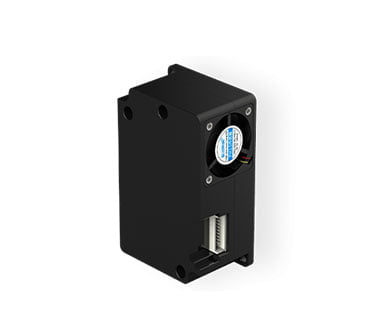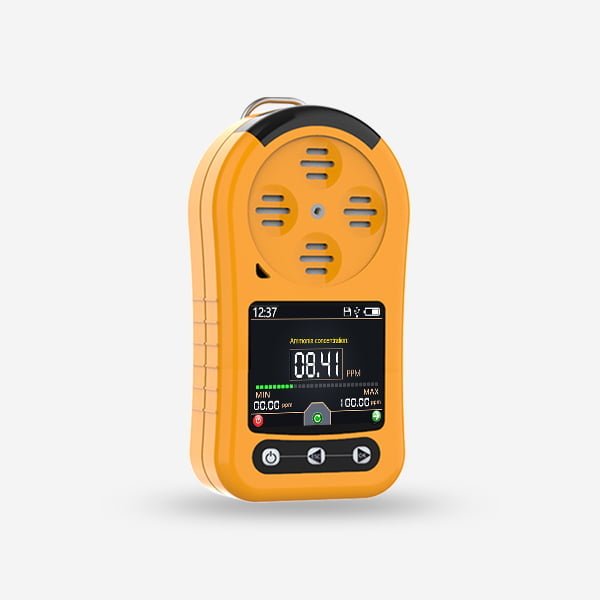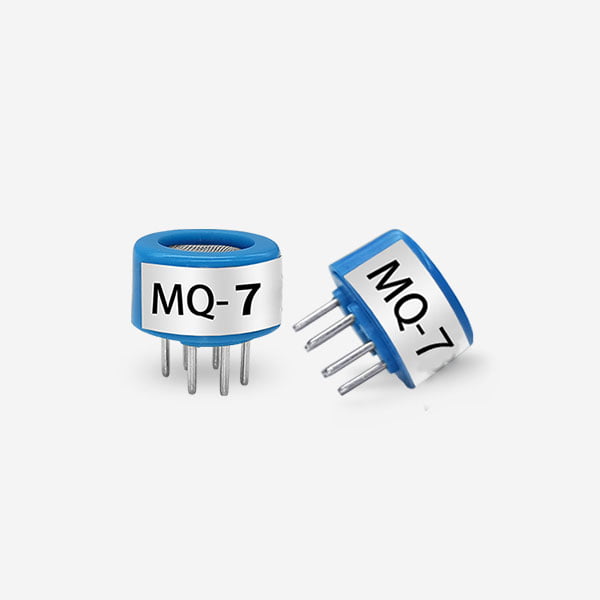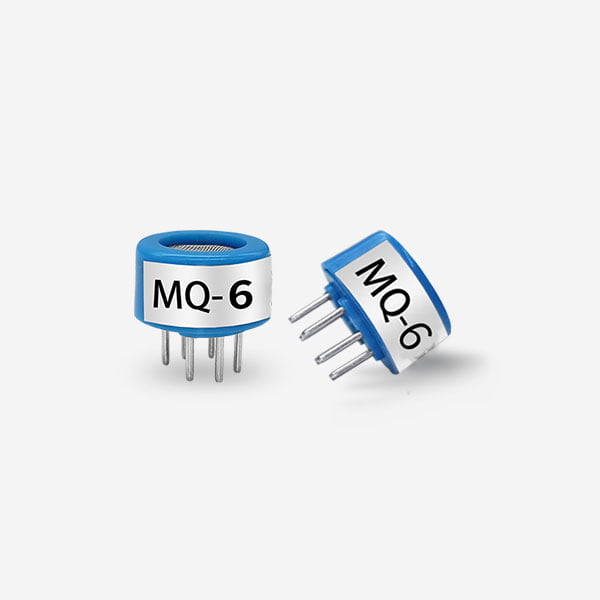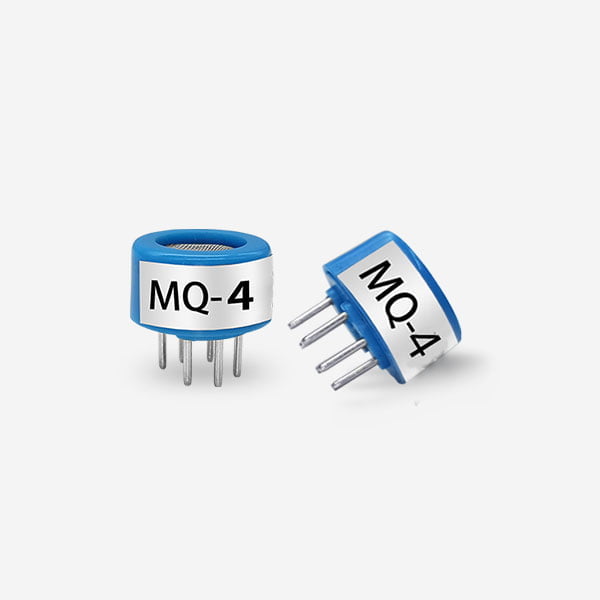Gas sensors and gas detectors are essential devices used to monitor and detect the presence of hazardous gases in various environments. While they serve a similar purpose, there are distinct differences between gas sensors and gas detectors in terms of their functions, features, and applications. Understanding these differences is crucial for selecting the appropriate device for specific gas monitoring needs. In this article,

Working Principles:
Gas Sensors: Gas sensors are devices that detect and measure the concentration of specific gases in the surrounding environment. They operate based on various sensing technologies such as electrochemical, catalytic, infrared, semiconductor, photoionization, and metal oxide sensors. These sensors respond to the presence of target gases by generating electrical signals proportional to the gas concentration. Gas sensors provide continuous monitoring and are typically used in combination with other devices, such as gas controllers or alarms, to create a complete gas detection system.
Gas Detectors:
Gas detectors are comprehensive systems that incorporate gas sensors along with associated electronics, alarms, and visual indicators. They not only measure gas concentrations but also have the capability to trigger audible and visual alarms when gas levels exceed pre-set thresholds. Gas detectors provide real-time monitoring, immediate alerting, and are designed for applications where rapid response to gas leaks or unsafe conditions is critical. They are often used in industrial settings, confined spaces, laboratories, and public areas to ensure safety and prevent accidents.
Applications:
Gas Sensors: Gas sensors find application in a wide range of industries and environments where gas monitoring is necessary. They are commonly employed in research laboratories, industrial processes, manufacturing facilities, refineries, chemical plants, and environmental monitoring stations. Gas sensors are also used in residential applications, such as carbon monoxide (CO) detectors in homes and workplaces. They are typically integrated into gas detection systems or equipment designed for specific gas monitoring requirements.
Gas Detectors:
Gas detectors are widely used in high-risk environments where the immediate detection of hazardous gases is crucial for ensuring safety. They are commonly employed in industries such as oil and gas, mining, petrochemicals, utilities, wastewater treatment, and firefighting. Gas detectors are vital tools for protecting personnel, preventing explosions or fires, and minimizing the risks associated with toxic gases or oxygen deficiency.
Features and Capabilities:
Gas Sensors: Gas sensors are available as standalone devices or components that need to be integrated into a larger gas detection system. They provide continuous monitoring of gas concentrations and require additional equipment, such as data loggers or controllers, for data logging and analysis. Gas sensors vary in terms of their response time, accuracy, sensitivity, and ability to detect specific gases. They are typically compact, lightweight, and suitable for both portable and fixed installations.
Gas Detectors:
Gas detectors are complete systems that include gas sensors, control units, alarms, and visual indicators. They offer real-time monitoring of gas concentrations and provide immediate alerts through audible and visual alarms when gas levels exceed pre-set thresholds.
Safety Functions:
They provide essential data for gas monitoring and preventive maintenance but do not possess built-in alarm functionalities. Gas sensors are typically used in conjunction with other safety equipment, such as gas controllers or alarm systems, to enable prompt responses to gas leaks or unsafe conditions.
Gas Detectors:
Gas detectors not only measure gas concentrations but also incorporate alarm functions to ensure immediate notification of hazardous conditions. These devices trigger audible and visual alarms when gas levels surpass pre-set thresholds, alerting individuals in the vicinity to take appropriate safety measures.
Complexity and Cost:
Gas Sensors: Gas sensors are generally simpler in design and functionality compared to gas detectors. They are often standalone devices that require integration with other equipment or systems for comprehensive gas monitoring. Gas sensors are typically more affordable than gas detectors and are suitable for applications where continuous monitoring is required without the need for immediate alarm triggering.
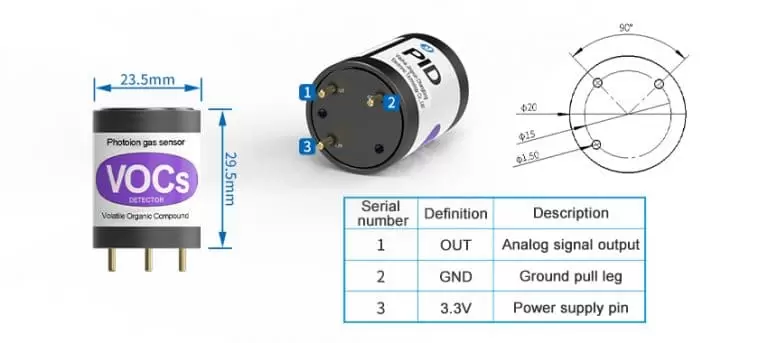
Gas Detectors:
Gas detectors are more complex systems that incorporate multiple components and functionalities. They include gas sensors, control units, alarms, and visual indicators in a single package. The added features and capabilities of gas detectors make them more expensive than standalone gas sensors. However,
Conclusion:
Gas sensors and gas detectors are essential tools for gas monitoring and ensuring safety in various industries and environments. While gas sensors focus on detecting and measuring gas concentrations, gas detectors offer real-time monitoring, immediate alerting, and safety functions through built-in alarm systems.
